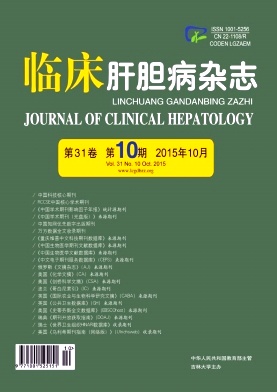Progressive familial intrahepatic cholestasis( PFIC) refers to a heterogeneous group of autosomal- recessive disorders. The estimated incidence varies between 1 /50,000 and 1 /100,000 births. Three types of PFIC have been identified and related to mutations in hepatocellular transport system genes involved in bile formation. PFIC- 1,PFIC- 2,and PFIC- 3 are due to mutations in ATP8B1,ABCB11,and ABCB4 genes involved in bile secretion,respectively. Serum gamma- glutamyl transpeptidase is normal in patients with PFIC- 1 and PFIC- 2,while it is raised in patients with PFIC3. The main clinical manifestation of PFIC is severe intrahepatic cholestasis. PFIC usually appears in infancy or childhood and rapidly progresses to end- stage liver disease before adulthood. Diagnosis of this disease is based on clinical manifestations,liver function tests,liver ultrasonography,liver histology,and genetic testing. Ursodeoxycholic acid therapy is the initial treatment in all PFIC patients to prevent liver damage. In some PFIC1 and PFIC2 patients,biliary diversion may also relieve pruritus and slow disease progression. However,most PFIC patients are ultimately candidates for liver transplantation.







 DownLoad:
DownLoad: